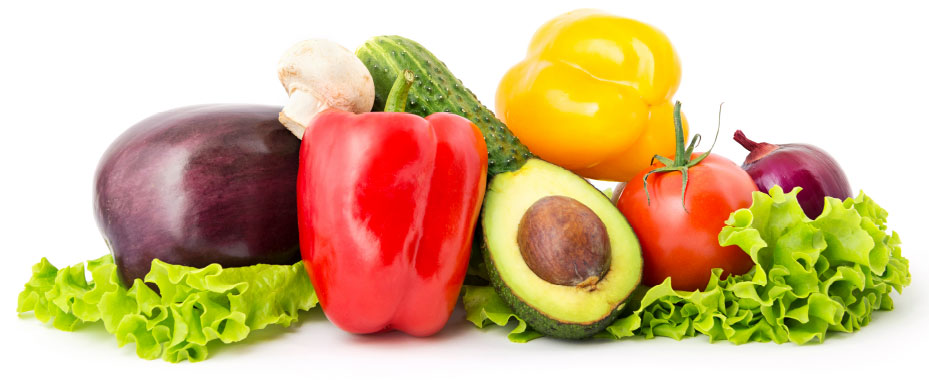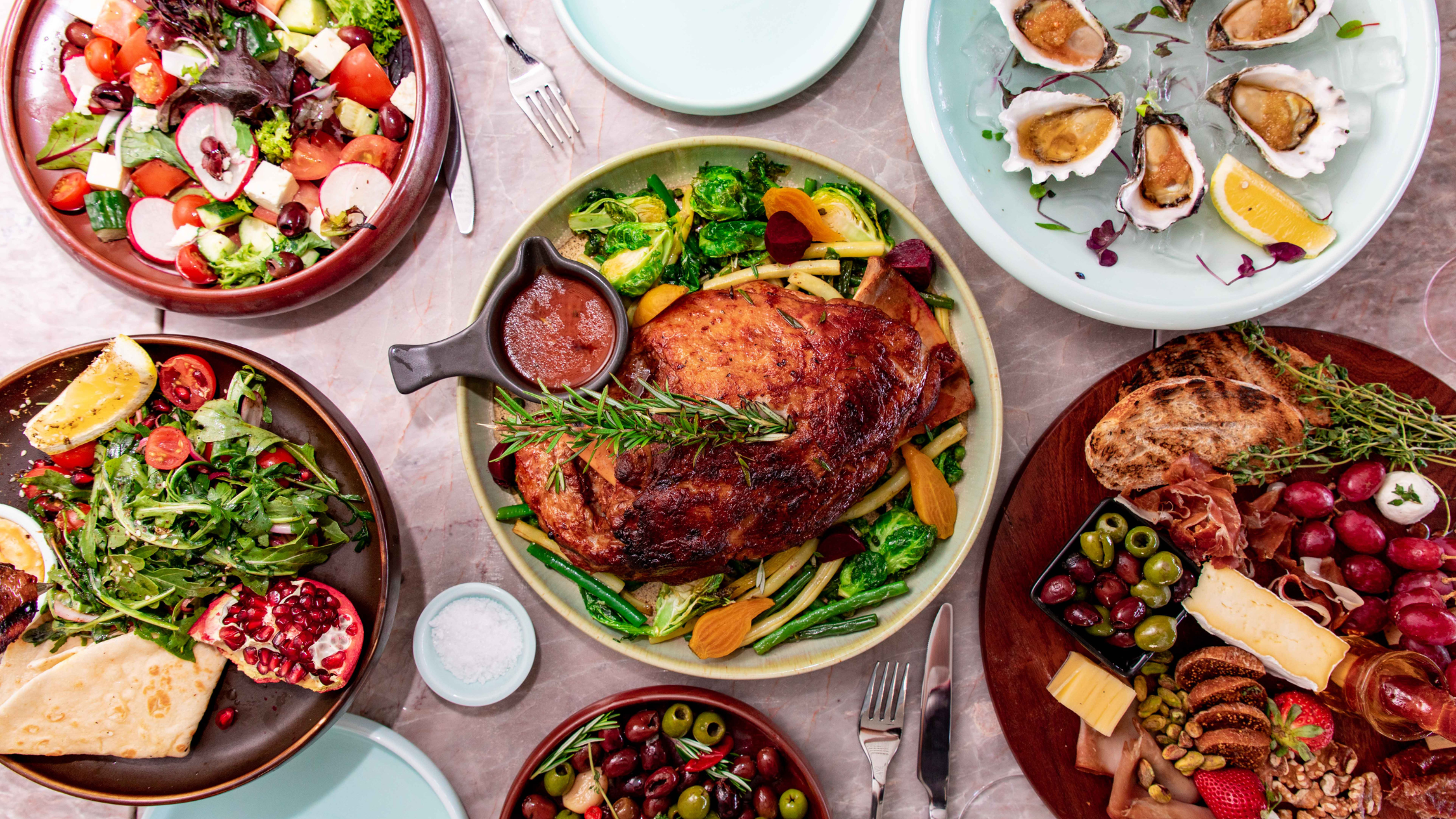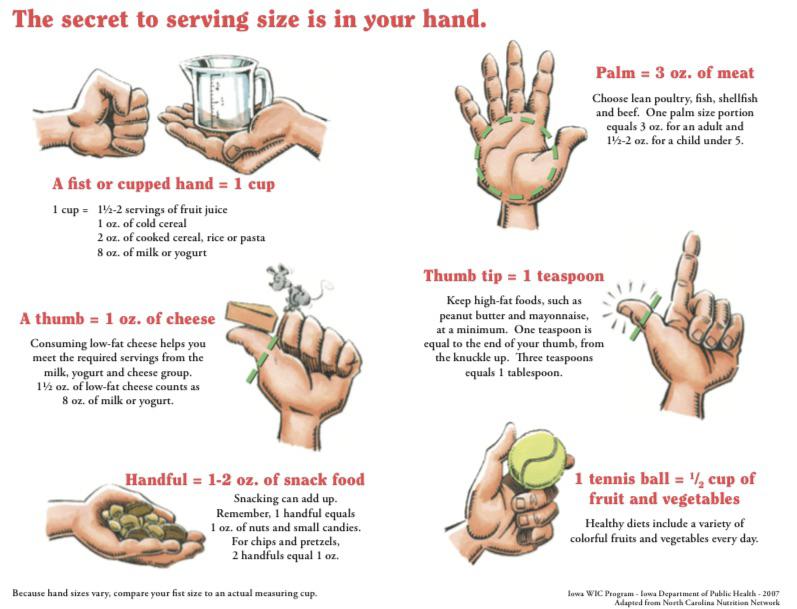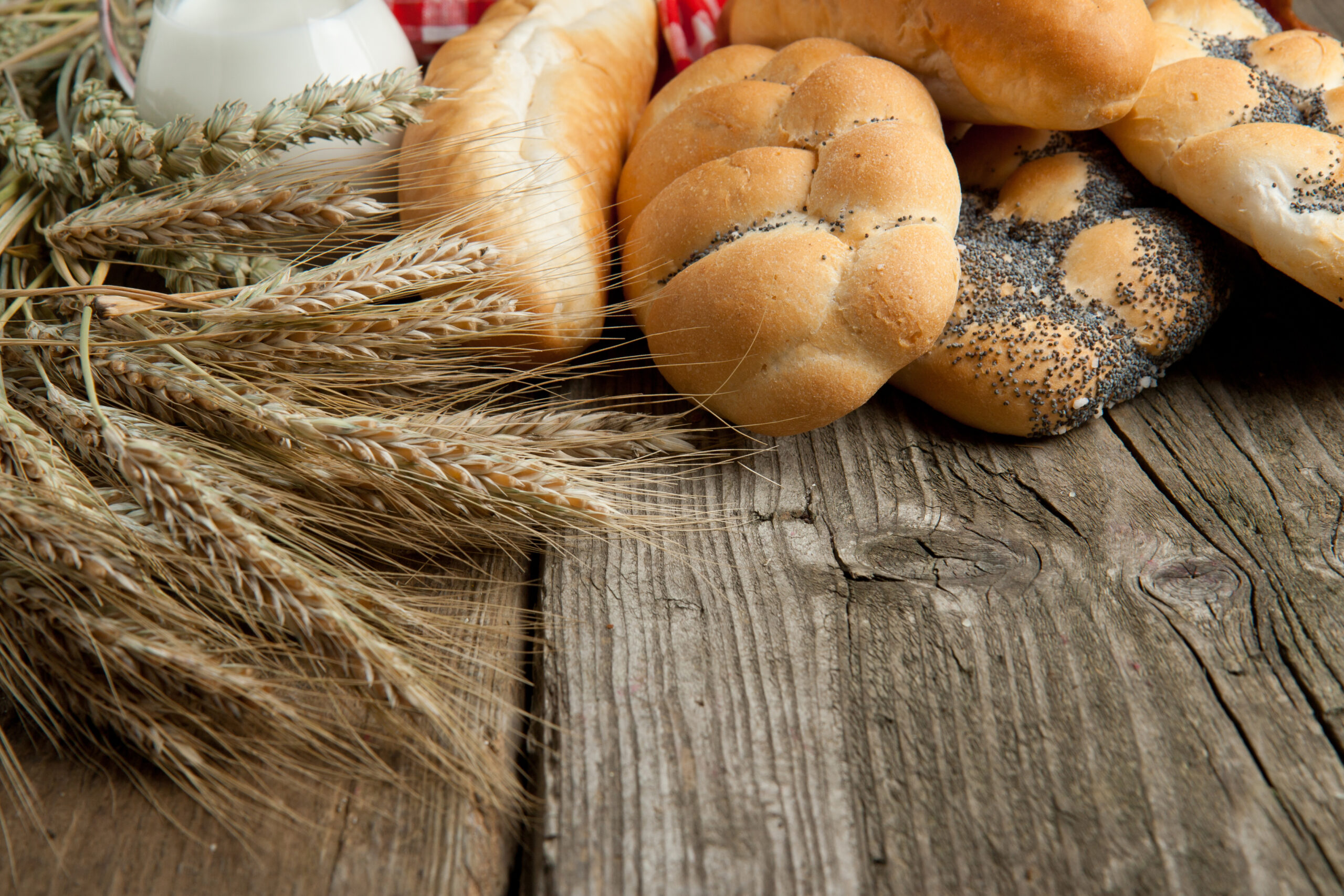What’s Your Food Attachment Style? Discover Your Unique Relationship with Eating
What’s Your Food Attachment Style? Discover Your Unique Relationship with Eating
Just as our interactions with people can vary, so too can our relationships with food. Identifying your “food attachment style” can be a fun and enlightening way to understand your eating habits and how they affect your health.
Here are four types to consider:
1. The Balanced Nurturer:
The Balanced Nurturer has a healthy and stable relationship with food. You view food primarily as nourishment and pleasure, without using it as a crutch for emotional support. You enjoy a variety of foods, listen to your body’s hunger and fullness cues, and indulge moderately, maintaining a balanced approach to eating.
2. The Spontaneous Sampler:
The Spontaneous Sampler cherishes freedom and flexibility in their eating habits. You prefer not to follow strict diets or rules, opting instead for a variety of foods as the mood strikes. This can lead to a diet that’s exciting and diverse, but it may sometimes lack nutritional consistency, as you choose immediate satisfaction over balanced meals.
3. The Emotional Eater:
The Emotional Eater relies on food for emotional support. Whether it’s stress, sadness, or boredom, food becomes your source of comfort. This relationship can lead to unbalanced eating patterns where food is a response to emotional needs rather than physical hunger.
4. The Guilt-Ridden Gourmet:
Their relationship with food is complex and often marked by guilt. You might oscillate between strict dieting and uncontrollable indulgences, feeling guilty after eating foods you consider ‘bad’. This tumultuous relationship can cause stress and confusion, impacting your ability to enjoy meals freely.
Understanding your food attachment style is the first step towards developing a healthier relationship with eating. By recognizing where you might be out of balance, you can start to make changes that lead to a more joyful and nourishing interaction with food. So, which style resonates with you?
Share your thoughts and let’s start a conversation about how we relate to our plates!
Healthly Tips and Tricks Delivered to your Inbox
Enter your email below and I’ll send you delicious recipies, articles, and tips to get control of your health and simple steps to maintain it.




 Beyond Numbers: Embracing Sustainable Weight Loss
Beyond Numbers: Embracing Sustainable Weight Loss  The Numbers Game: Focusing solely on pounds lost or gained can be misleading. Our bodies fluctuate for various reasons, and fixating on numbers can create a rollercoaster of emotions.
The Numbers Game: Focusing solely on pounds lost or gained can be misleading. Our bodies fluctuate for various reasons, and fixating on numbers can create a rollercoaster of emotions. The Puzzle Pieces: Sustainable weight loss is more than just a mathematical equation. It involves nourishing our bodies with wholesome foods, staying active, managing stress, and prioritizing sleep.
The Puzzle Pieces: Sustainable weight loss is more than just a mathematical equation. It involves nourishing our bodies with wholesome foods, staying active, managing stress, and prioritizing sleep. Nurturing Nutrition: Crash diets and extreme restrictions can’t provide sustained health. Instead, opt for a well-balanced diet that supports your body’s needs and fuels your journey.
Nurturing Nutrition: Crash diets and extreme restrictions can’t provide sustained health. Instead, opt for a well-balanced diet that supports your body’s needs and fuels your journey. Movement Matters: Exercise isn’t just a tool for calorie burning. It boosts mood, supports metabolism, and builds a stronger body, making it an essential piece of the puzzle.
Movement Matters: Exercise isn’t just a tool for calorie burning. It boosts mood, supports metabolism, and builds a stronger body, making it an essential piece of the puzzle. Mindset Magic: Our relationship with food and our bodies plays a pivotal role. Cultivating a positive mindset and practicing self-compassion are vital for sustainable success.
Mindset Magic: Our relationship with food and our bodies plays a pivotal role. Cultivating a positive mindset and practicing self-compassion are vital for sustainable success. The Long Game: True change takes time. Instead of chasing rapid results, aim for steady progress that supports your body’s natural rhythms and allows for lasting transformation.
The Long Game: True change takes time. Instead of chasing rapid results, aim for steady progress that supports your body’s natural rhythms and allows for lasting transformation. Support System: Surrounding yourself with a supportive community, whether friends, family, or professionals, can make the journey feel less lonely and more empowering.
Support System: Surrounding yourself with a supportive community, whether friends, family, or professionals, can make the journey feel less lonely and more empowering. Holistic Health: Embrace a wellness-focused approach that values not just the external changes, but the internal growth and vitality that comes with sustainable weight loss.
Holistic Health: Embrace a wellness-focused approach that values not just the external changes, but the internal growth and vitality that comes with sustainable weight loss.







